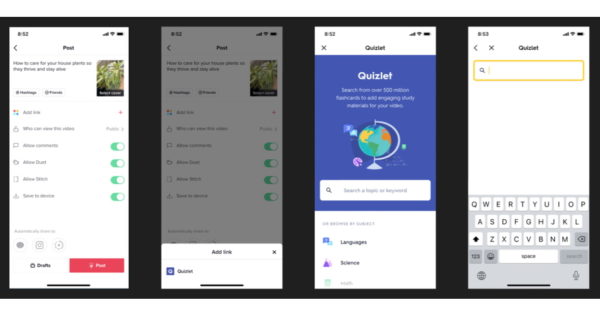Connected TV—how to engage audience seamlessly
5 ways to take advantage of the features and functionalities the platform offers.

With the announcement that Netflix will launch an ad-supported subscription tier in November, it’s only natural that marketers would jump at the opportunity to get their brands in front of what could be tens of millions of subscribers. But don’t act too fast—more effort is required.
Connected TV (CTV) is seeing exponential growth in ad spend—from $15.2 billion in 2021 to an estimated $21.2 billion in 2022. Even though the market is still in its infancy as an advertising vehicle, marketers are treating CTV as a neglected child, mostly because the creative isn’t doing the vehicle justice.
And marketers who have turned to CTV have yet to tap into its enormous potential—often repurposing traditional video ads without regard for CTV’s full feature set and functionality. In fact, this situation is comparable to social media advertising 10 years ago, when TV and print ads were often simply repurposed for social platforms. There was a lot of waste in spending because the message didn’t live up to the medium.
Just what are the advantages of CTV? The platforms have the use of a home network to map all the devices a consumer watches TV through and all the devices a household connects to the internet (such as tablets, phones and laptops). This device map is used to understand consumer behaviors and to target ads to their devices in and out of the home. The display ads consumers see are related to the TV ads they have been served. These capabilities—combined with the targetability, immediacy, interactivity and measurability that CTV offers—make it highly promising.
Yet we see it being neglected. This is not to say that brands aren’t trying. In June, Roku and Walmart announced a partnership that aims to crack the code on making purchases via TV streaming and shopping with remotes. The two companies introduced their plan to allow viewers to purchase items with their remotes while streaming on Roku devices. This is a smart way for a brand to take a leap.
Essentially, the test-and-learn program adds an overlay to an existing ad so that streamers can choose to click “OK” on their Roku remote and make a transaction right on the screen with their TV show paused. Since typing a credit card number using a TV remote can be frustrating, customers bypass that step using their credit card info already on Roku’s payment platform.
It’s this kind of effort that essentially collapses the funnel: Instead of awareness, consideration and conversion happening in increments—often separated by hours, days or months—it now comes together in seconds.
What should marketers be thinking about in developing advertising strategies for CTV? Just as the Roku/Walmart partnership is a test and learn project, they should be doing plenty of testing and learning too:
Consider how far you want to take targeting and personalization. There’s a lot of information available to marketers on CTV platforms, from first-party brand data to location to shopping data and more. You’ll need to be sensitive to privacy concerns.
Investigate your audience’s threshold for interactivity. Based on audience demographics and product, how much will they interact with the ad and what will make the experience more satisfactory to them?
Plan multiple versions of creative for A/B testing and think about what potential optimizations could be to get ahead with execution and production
Ensure that your e-commerce platform is optimal and frictionless for the consumer. You can’t have consumers ready to take action and be stymied at the point of purchase.
Carefully consider the desired consumer action because the experience shouldn’t stop at the first screen. Are you looking for awareness, consideration or conversion? Or perhaps all three?
The bottom line: Stop thinking of CTV as a sister to TV. It’s a new channel that requires new thinking to fully take advantage of the features and functionalities that the platform has to offer. The possibilities go far beyond linear TV, and the opportunities are endless.

 UsenB
UsenB 
































